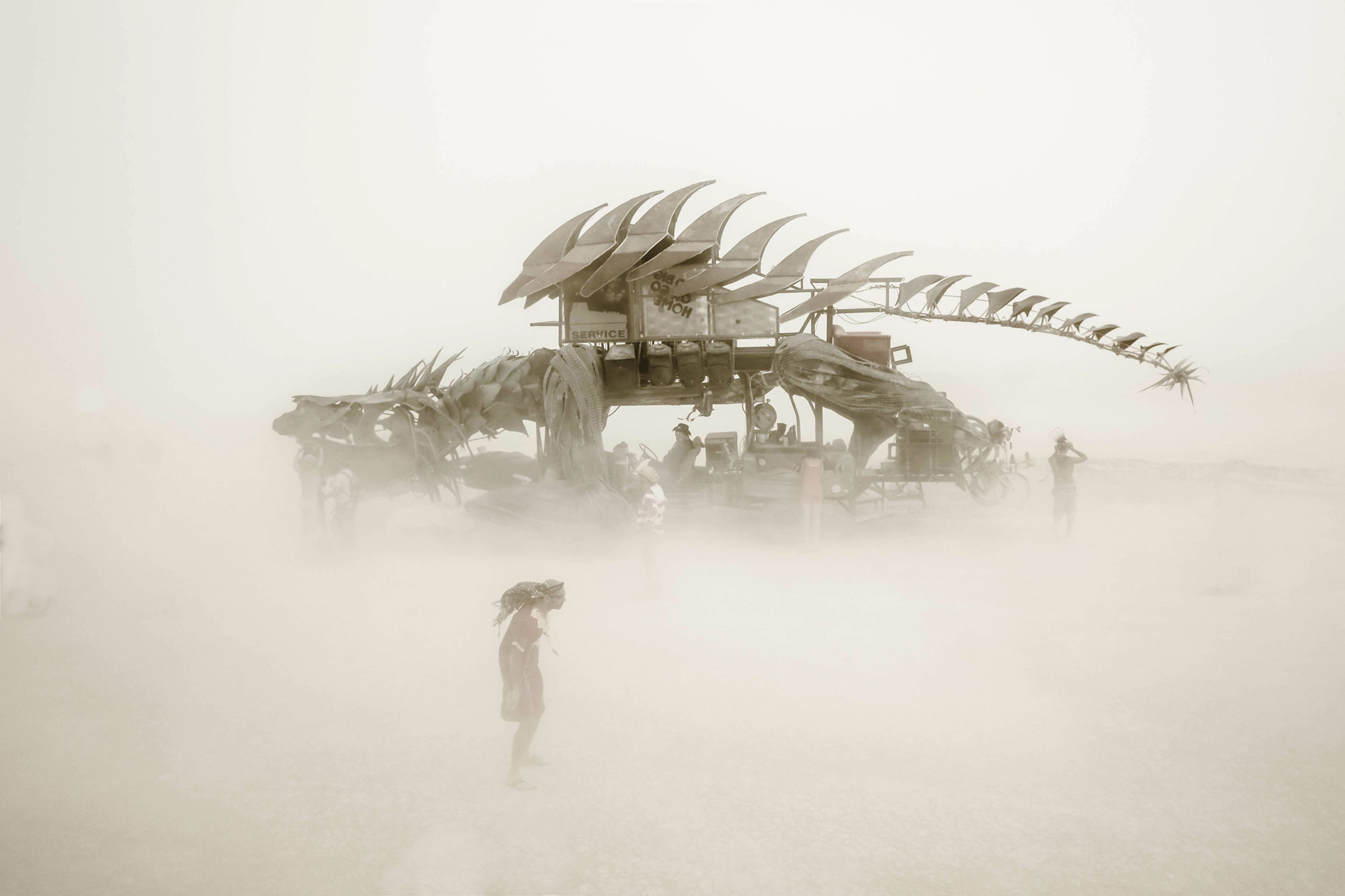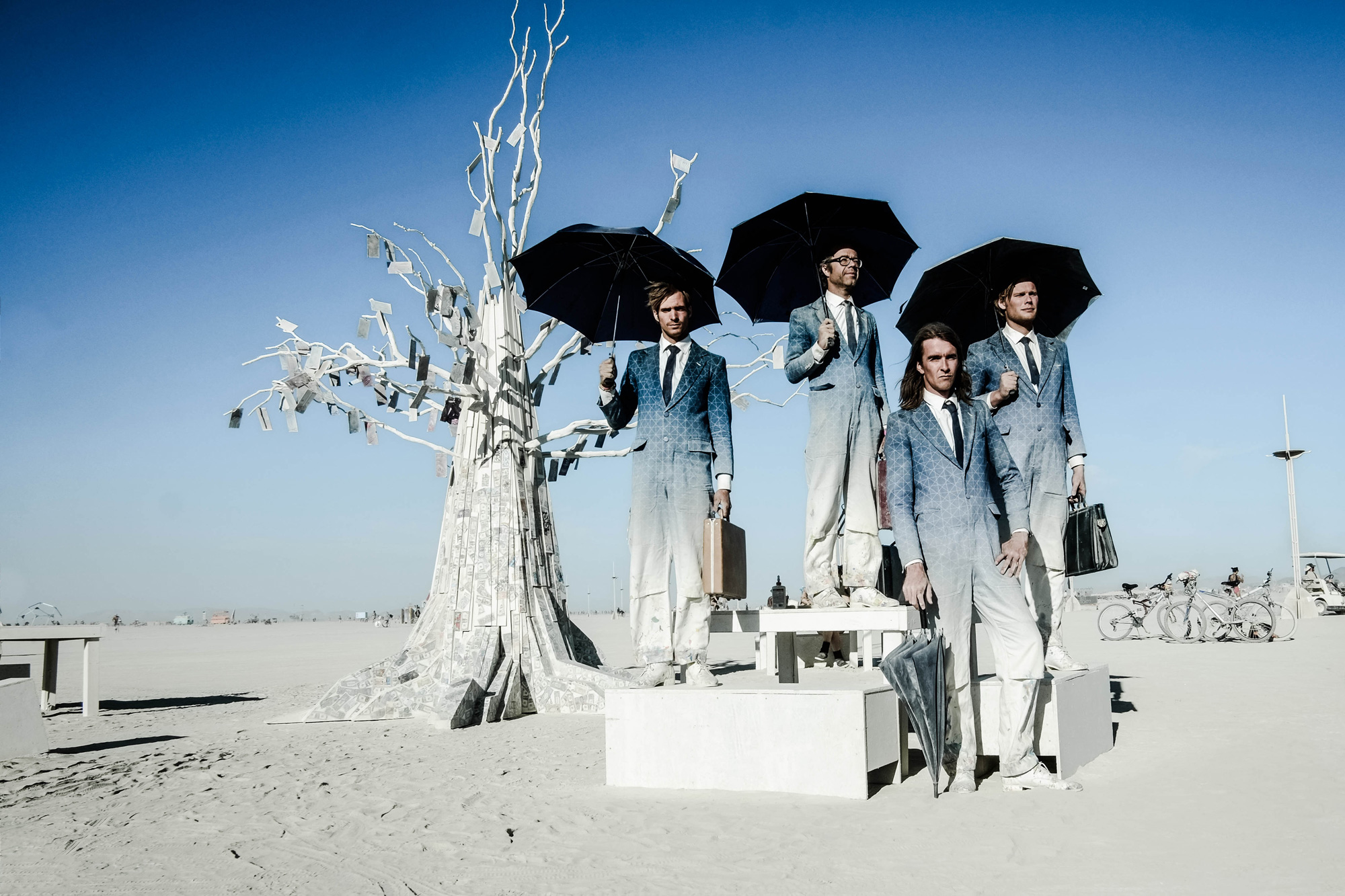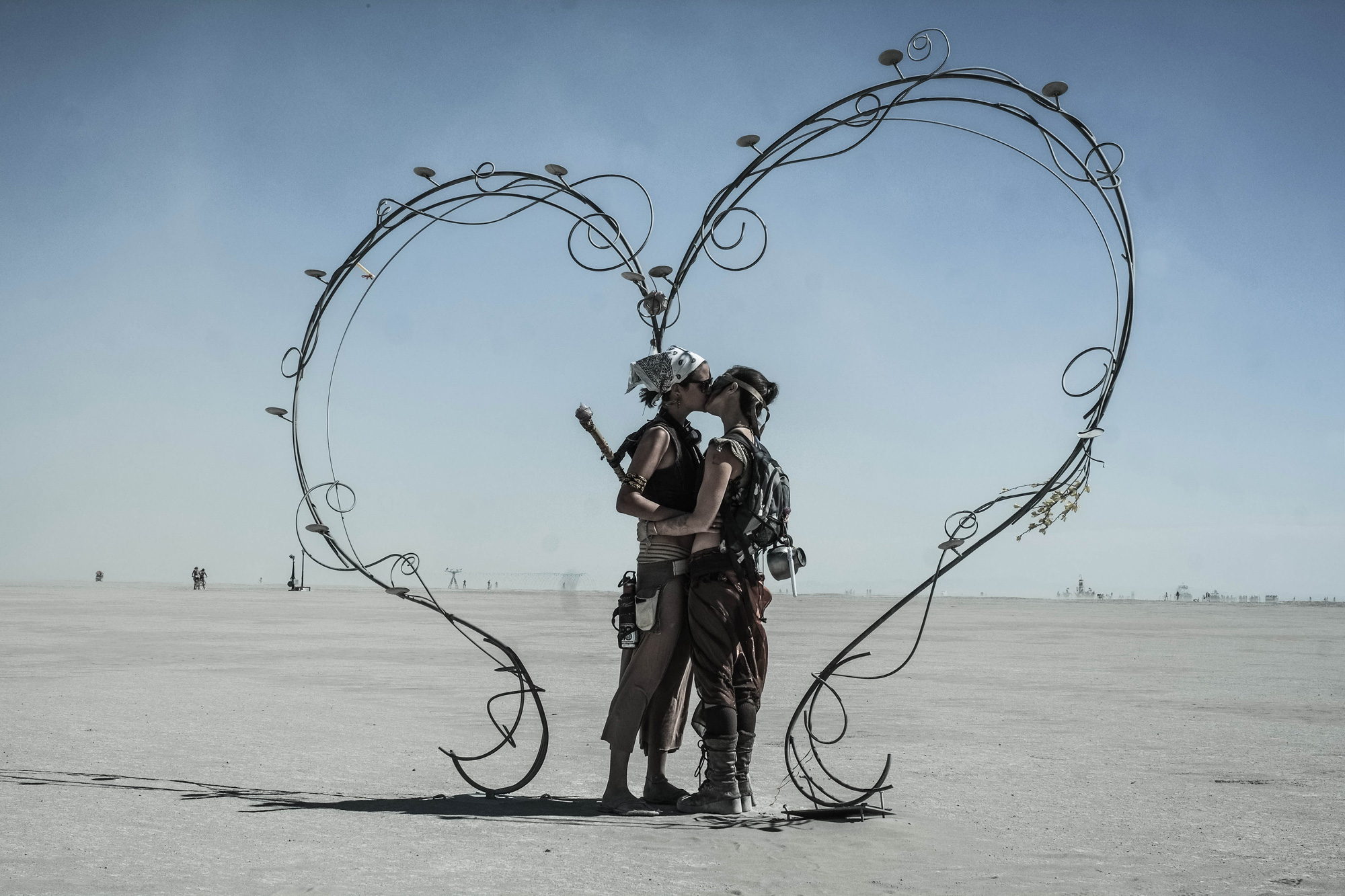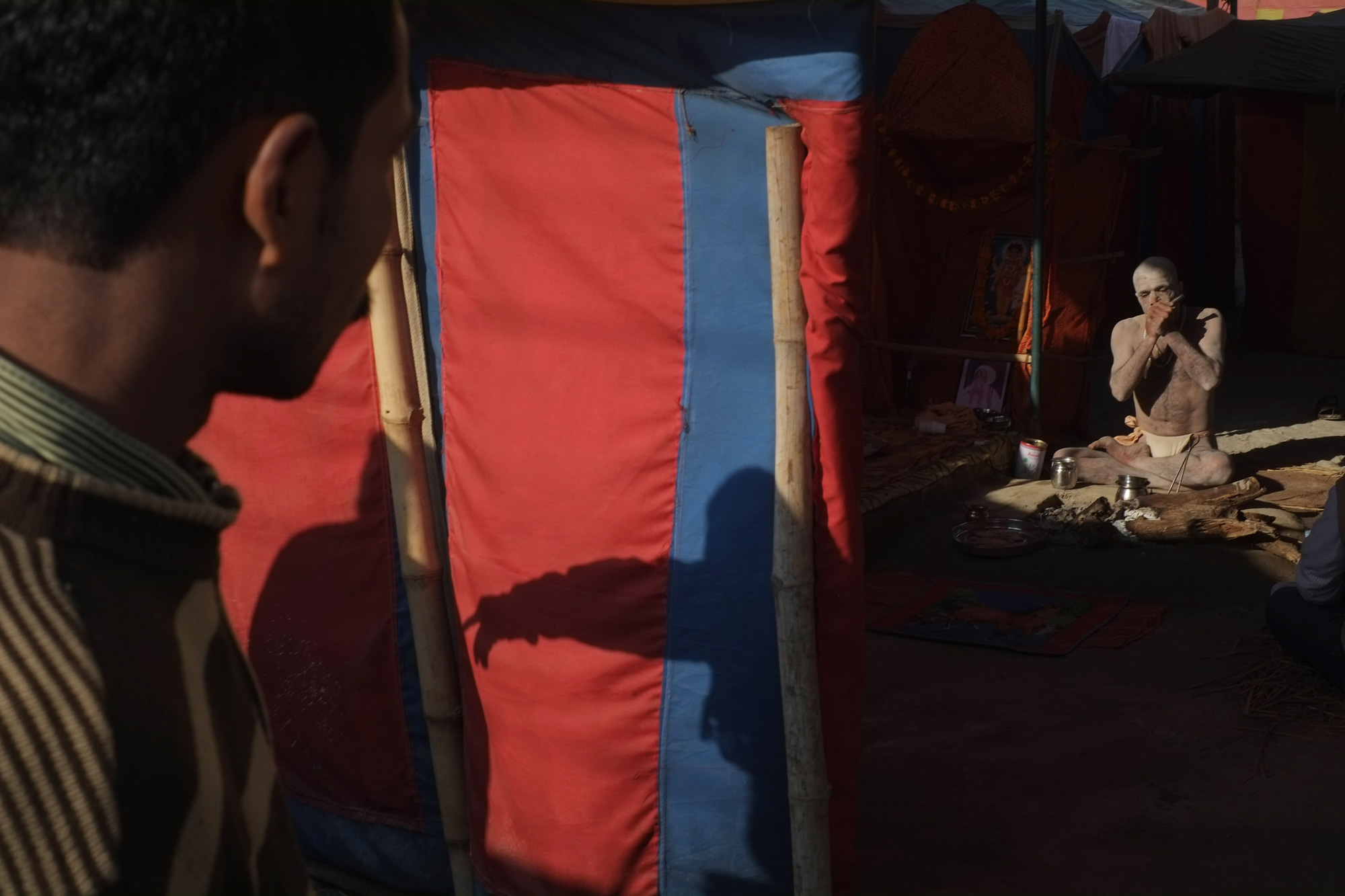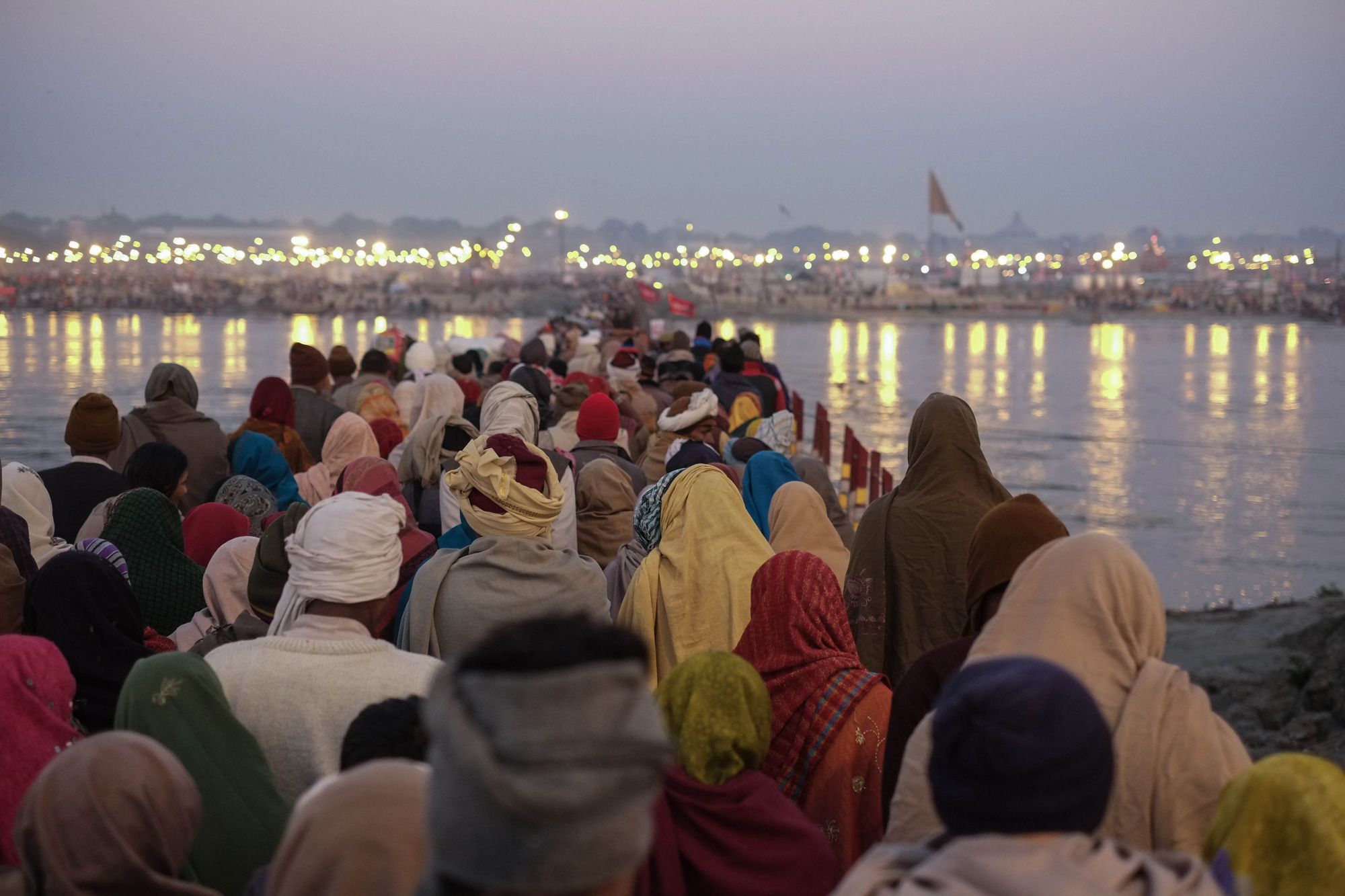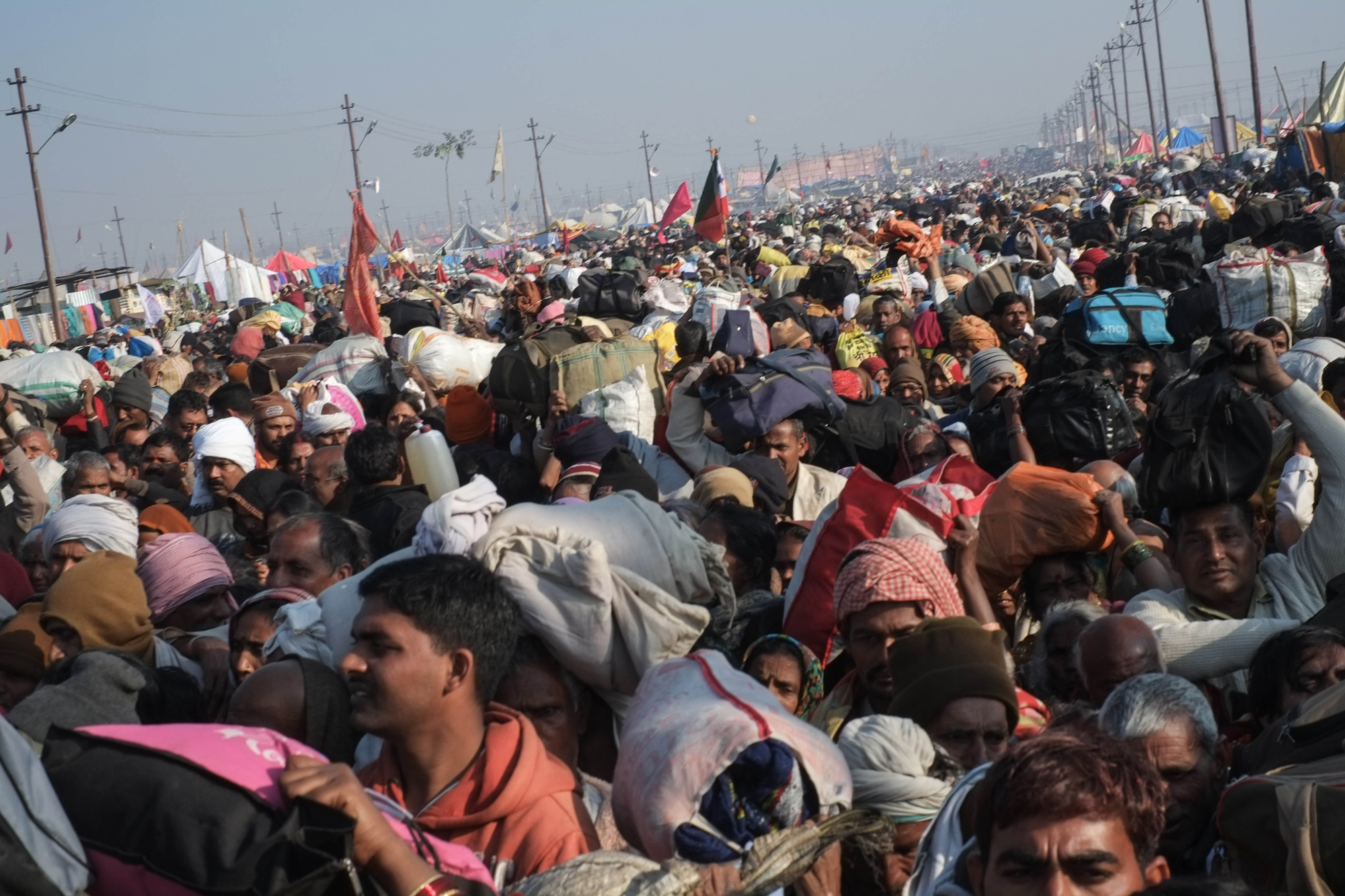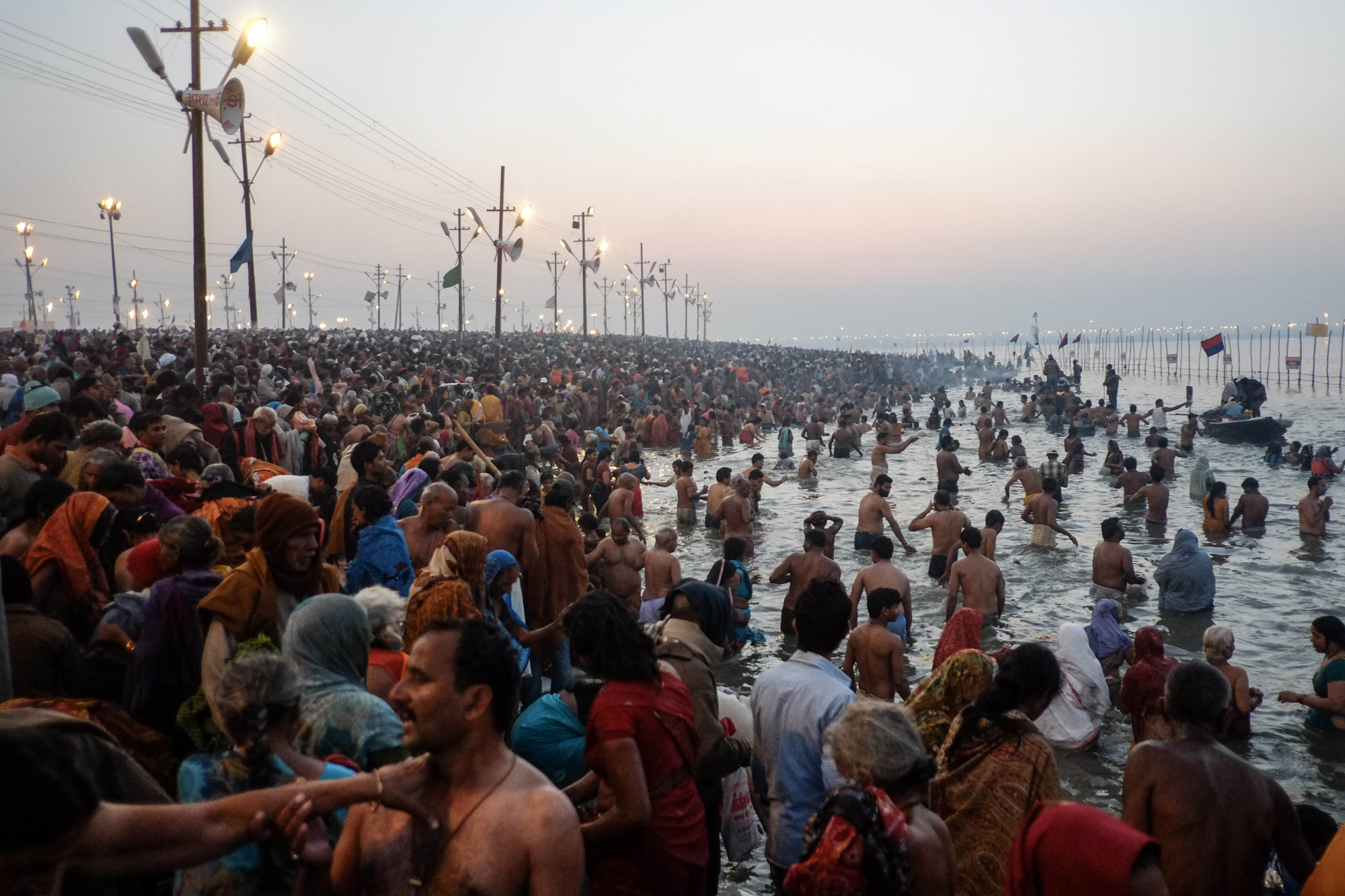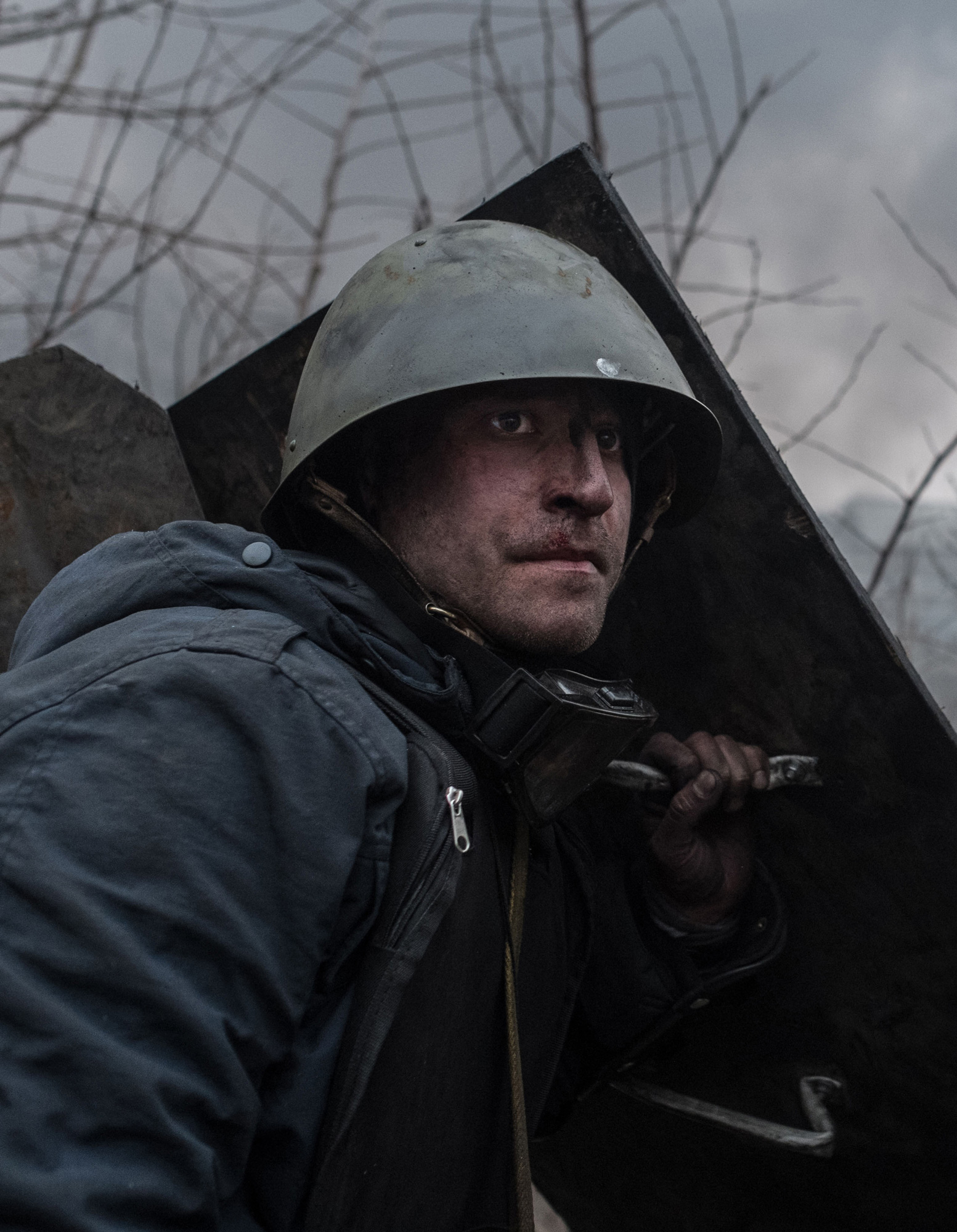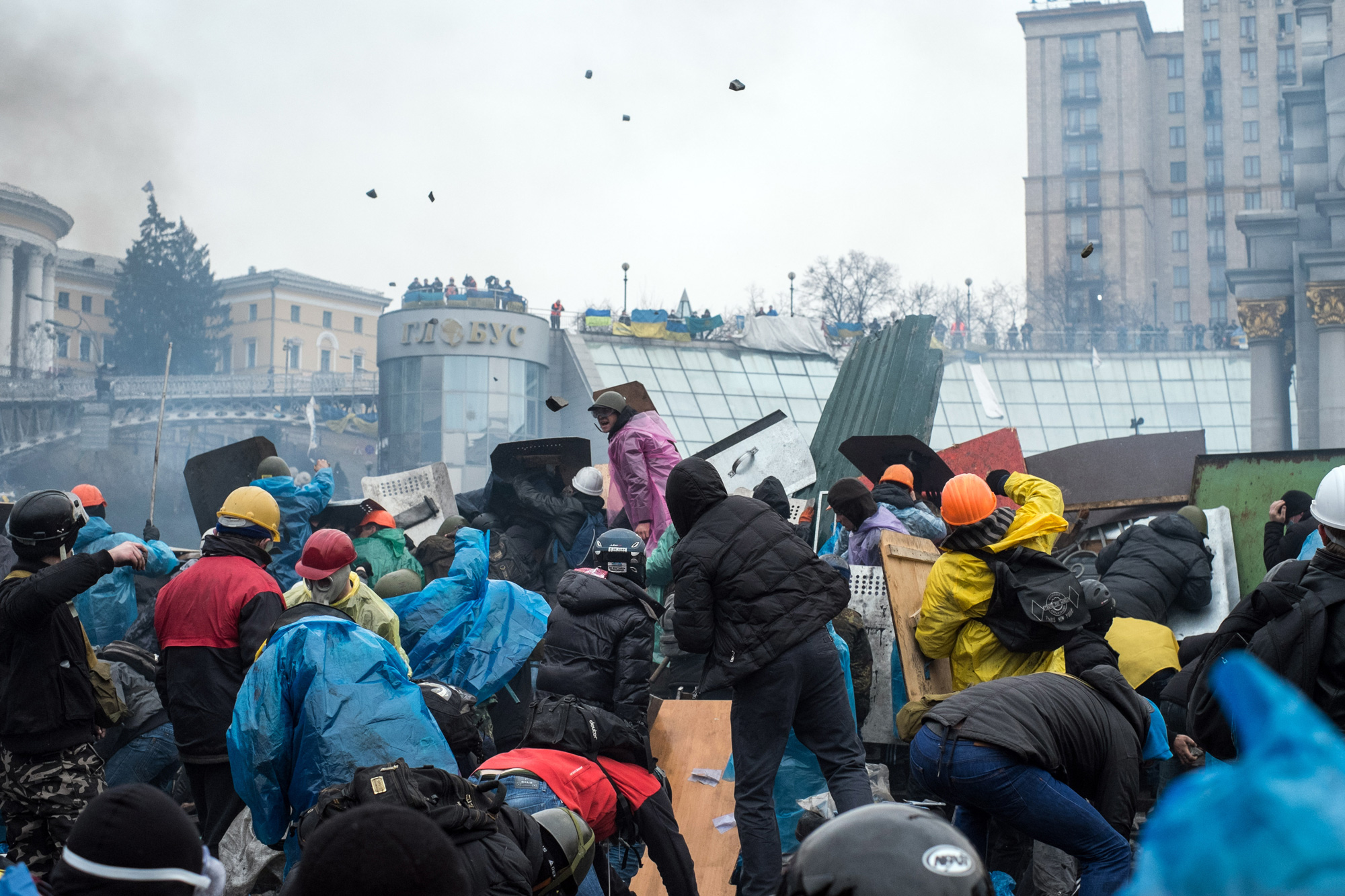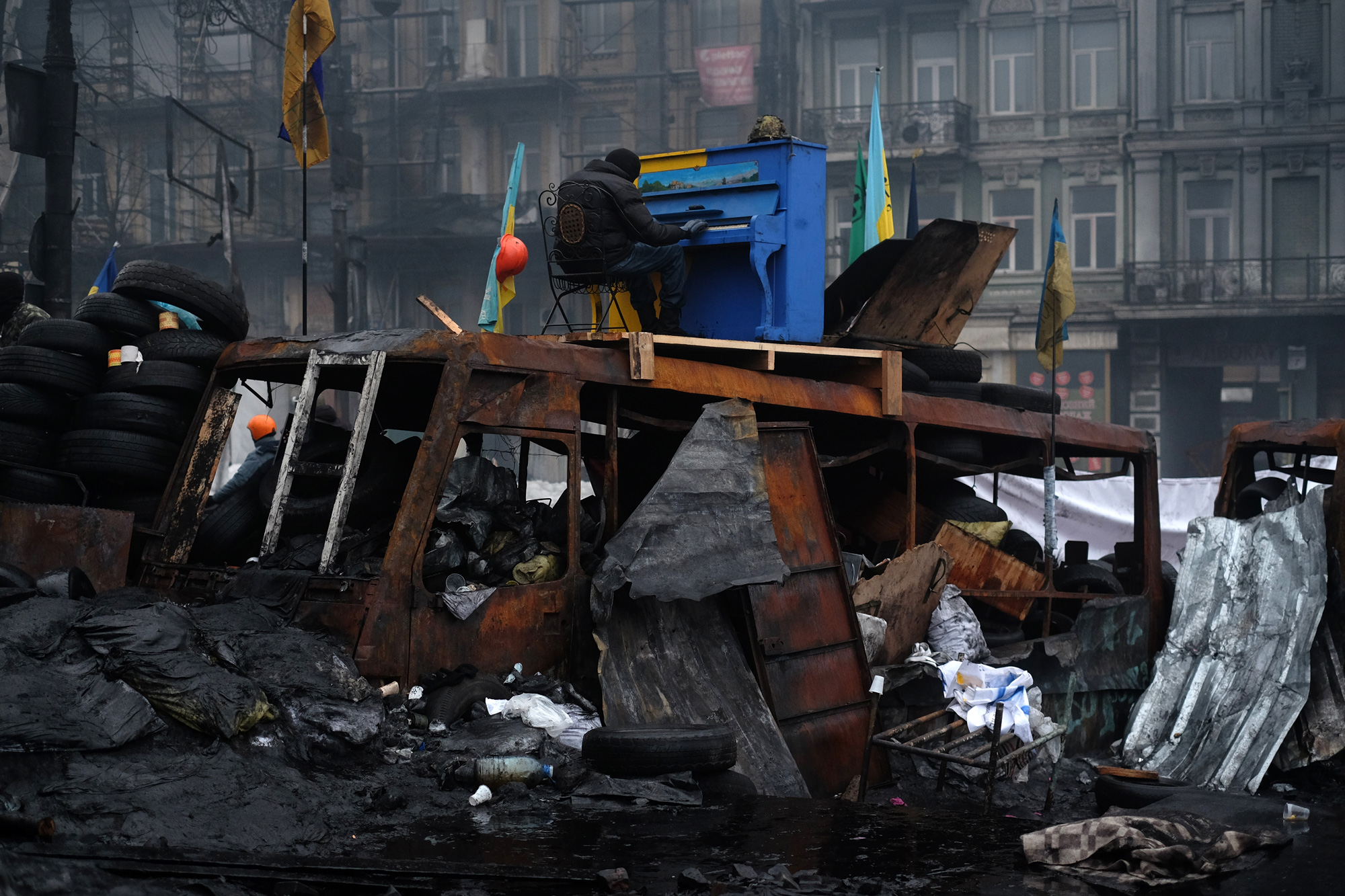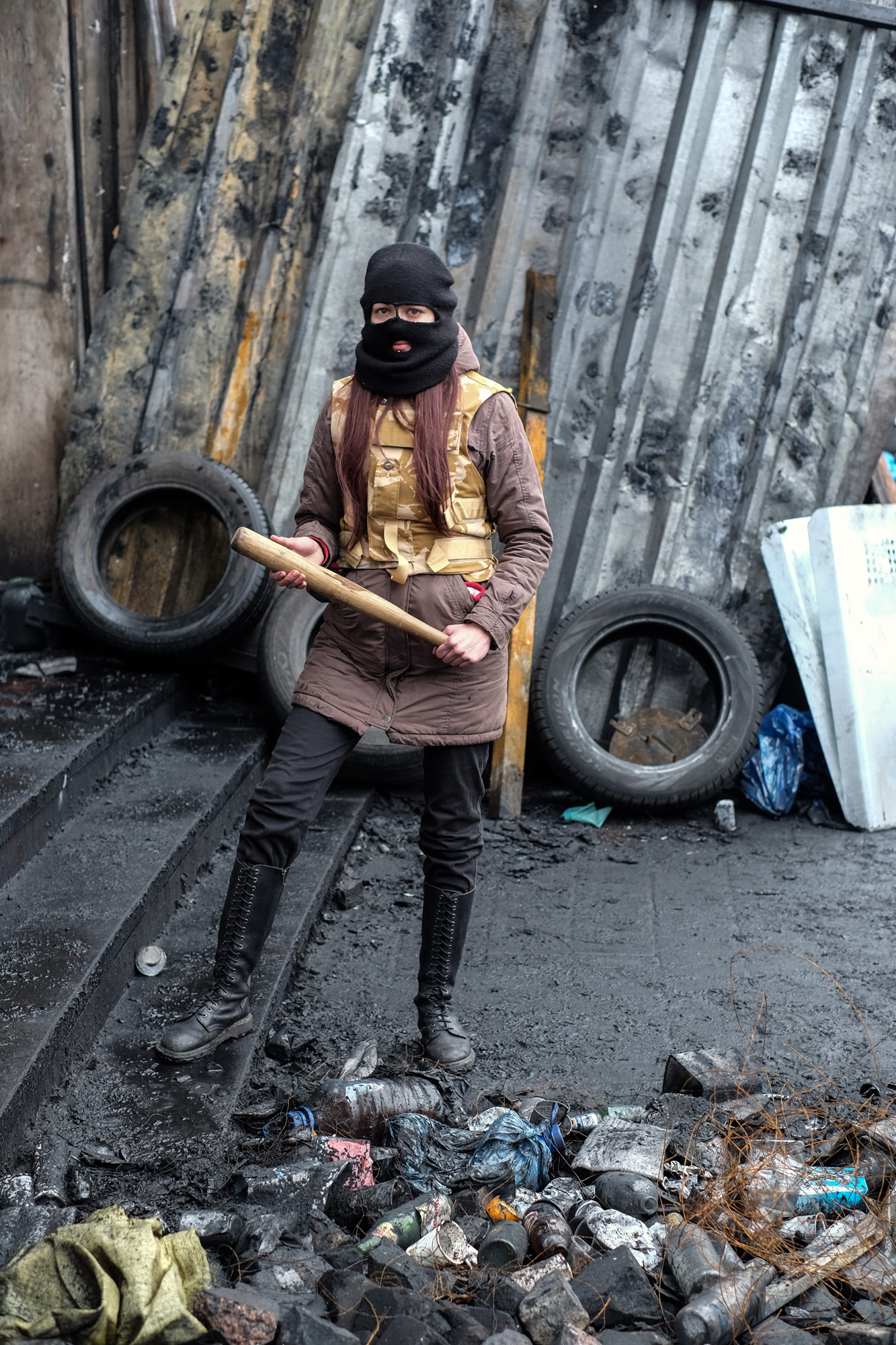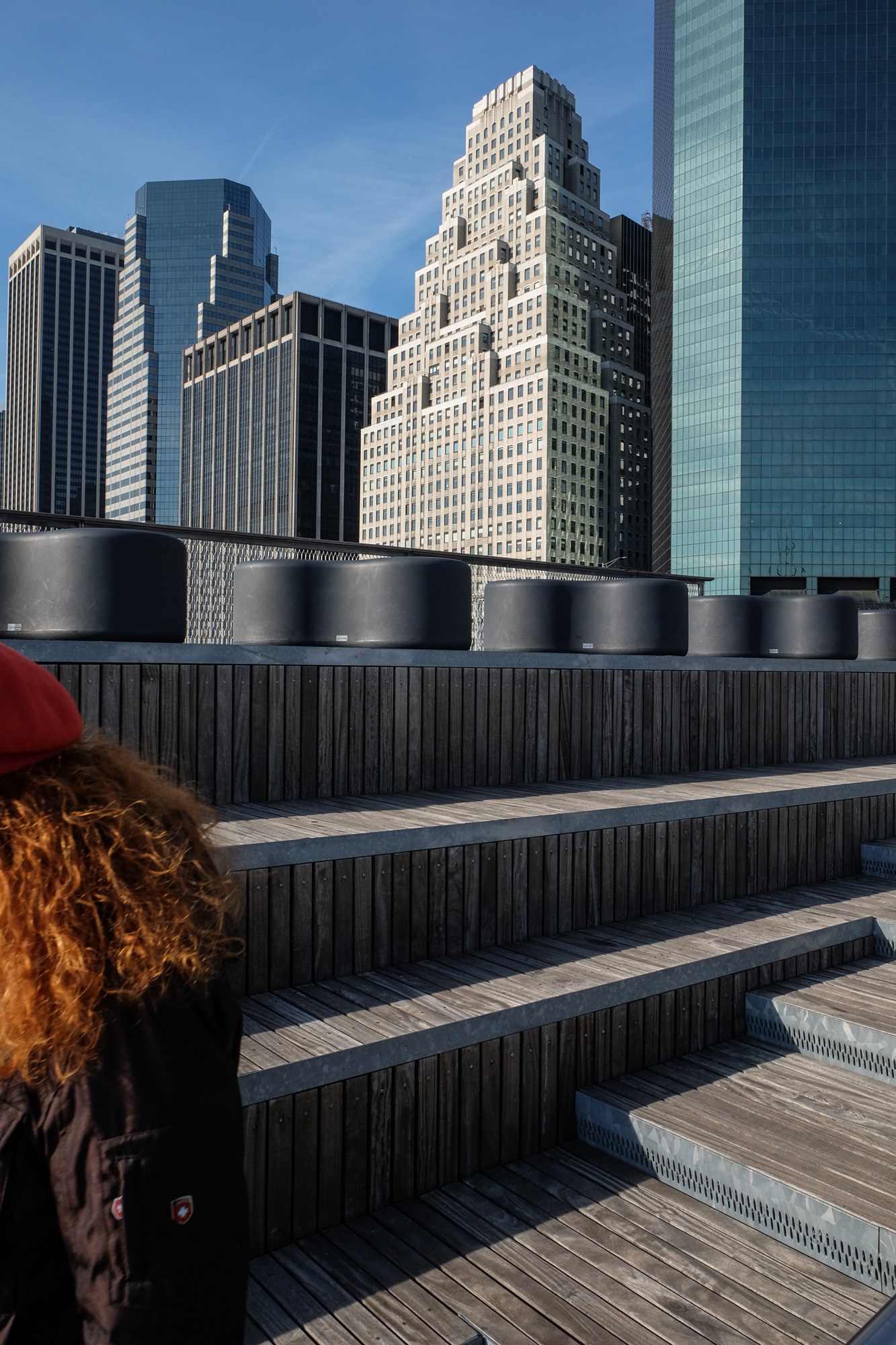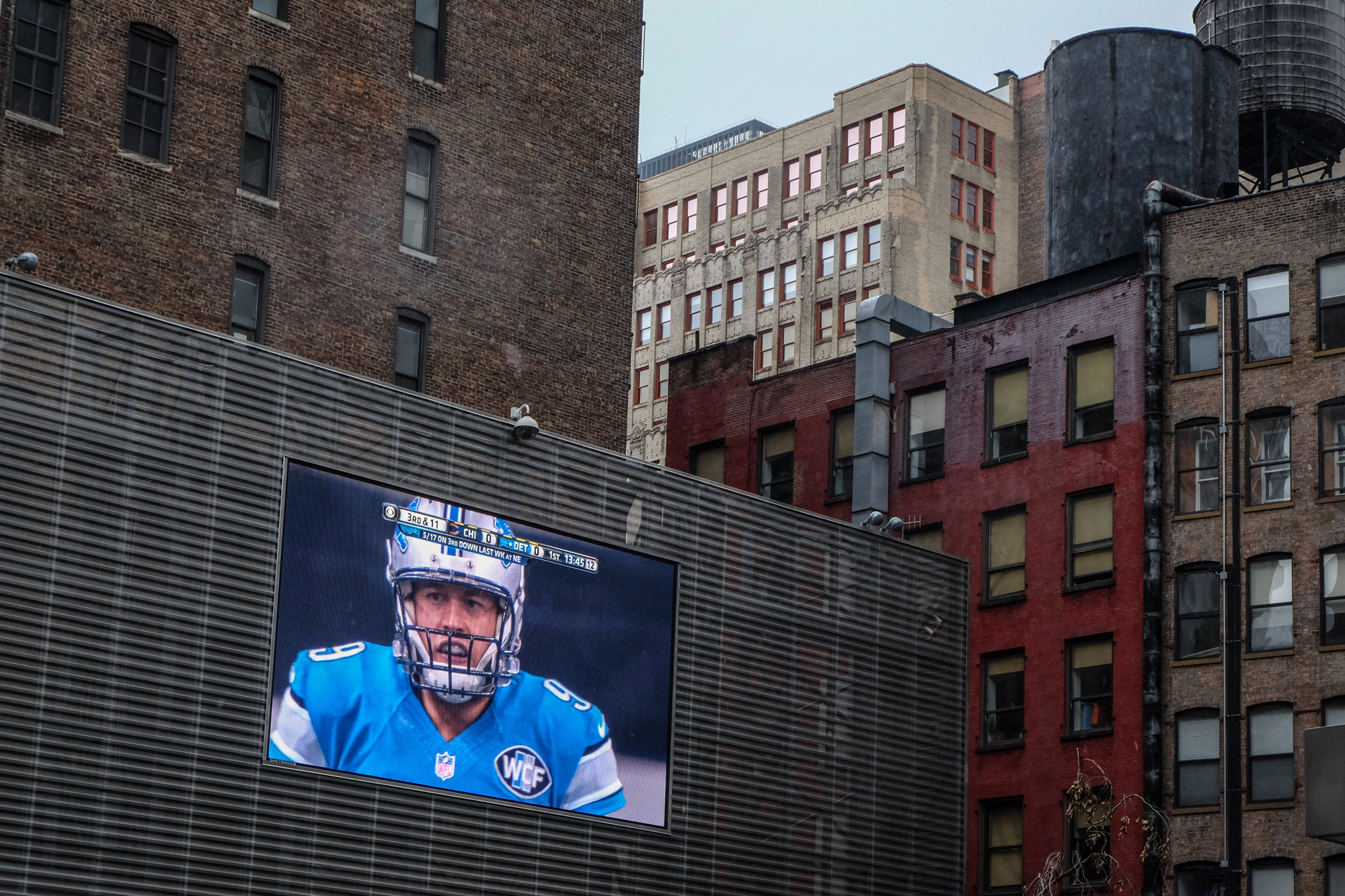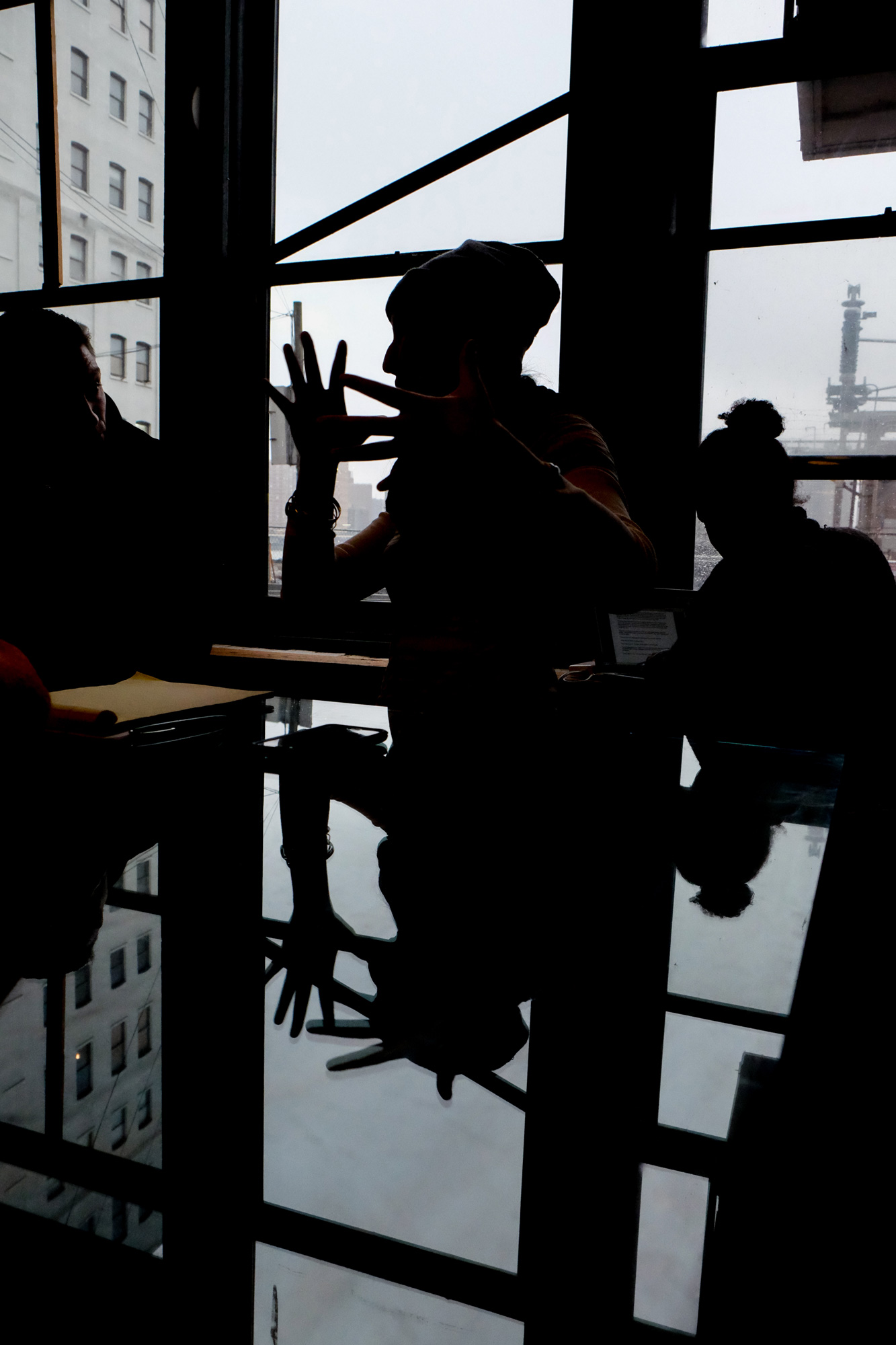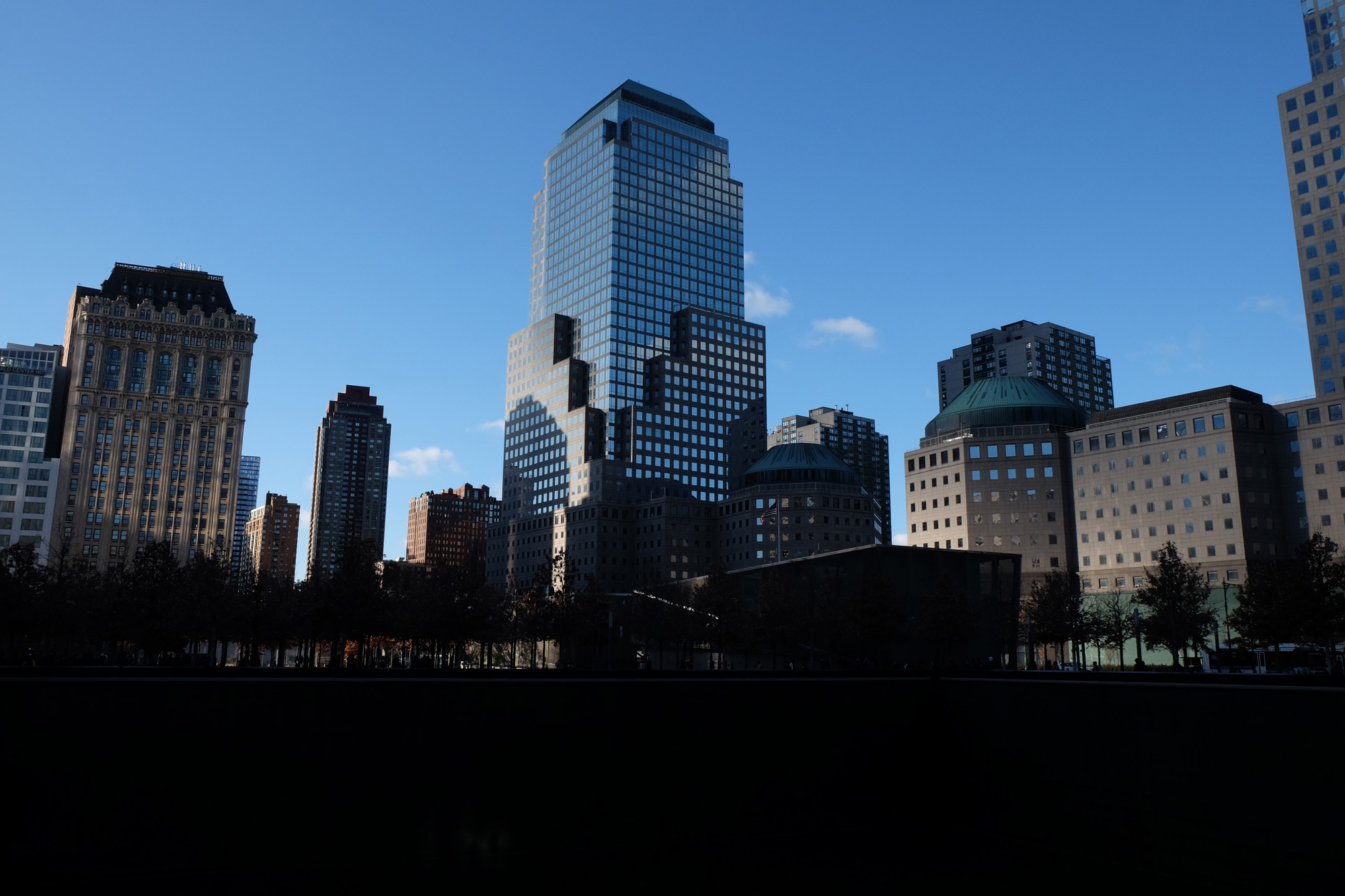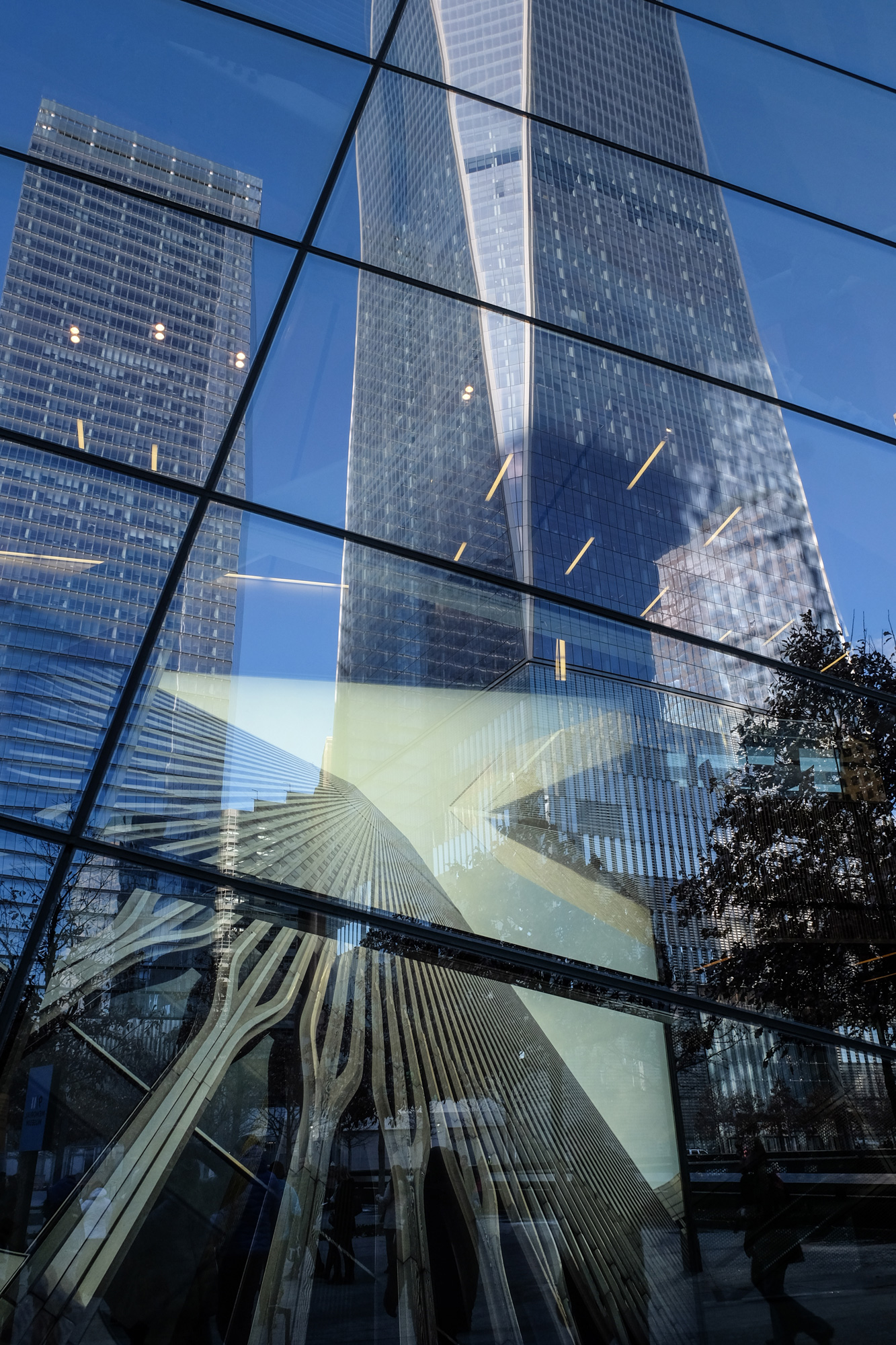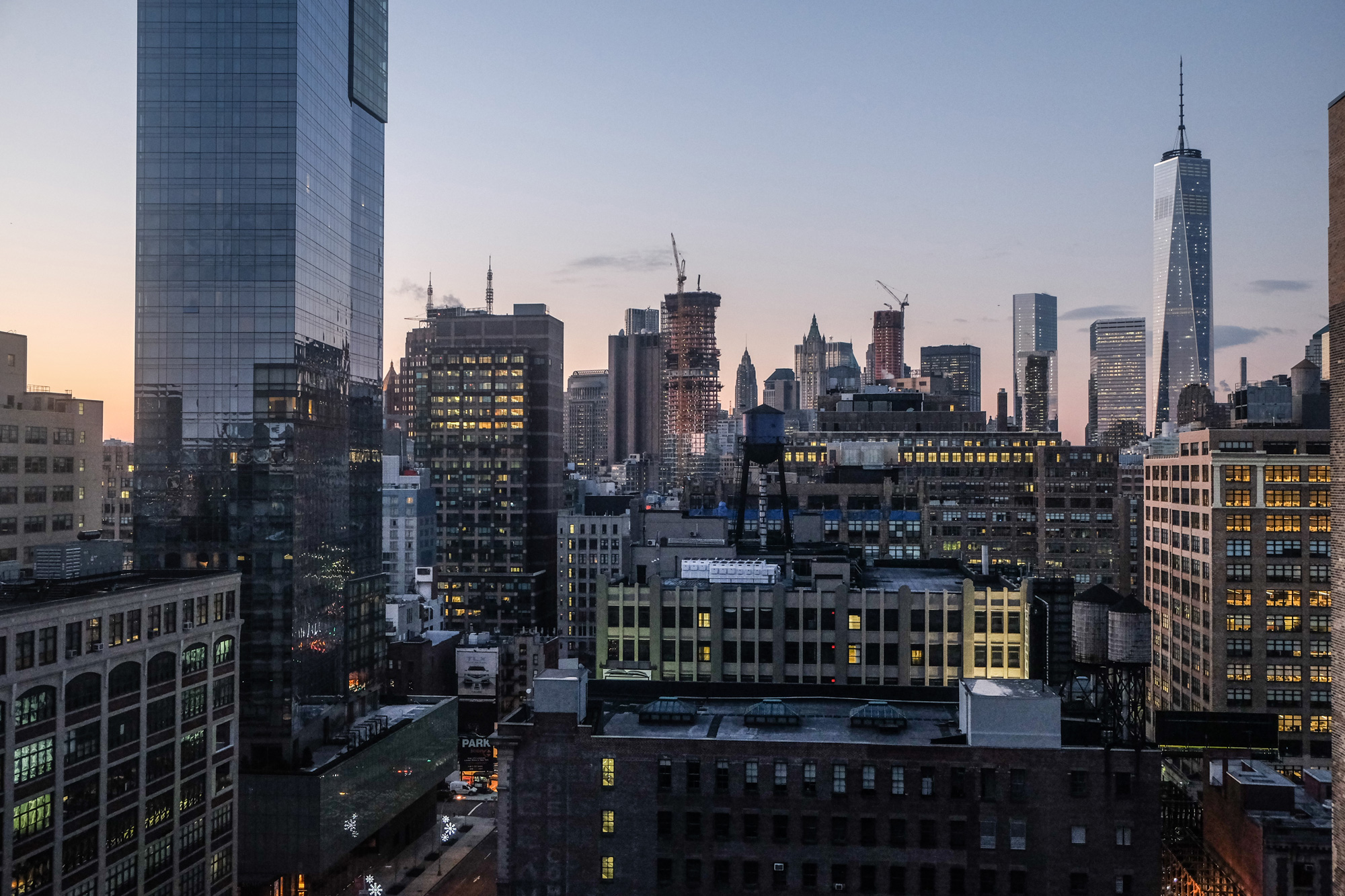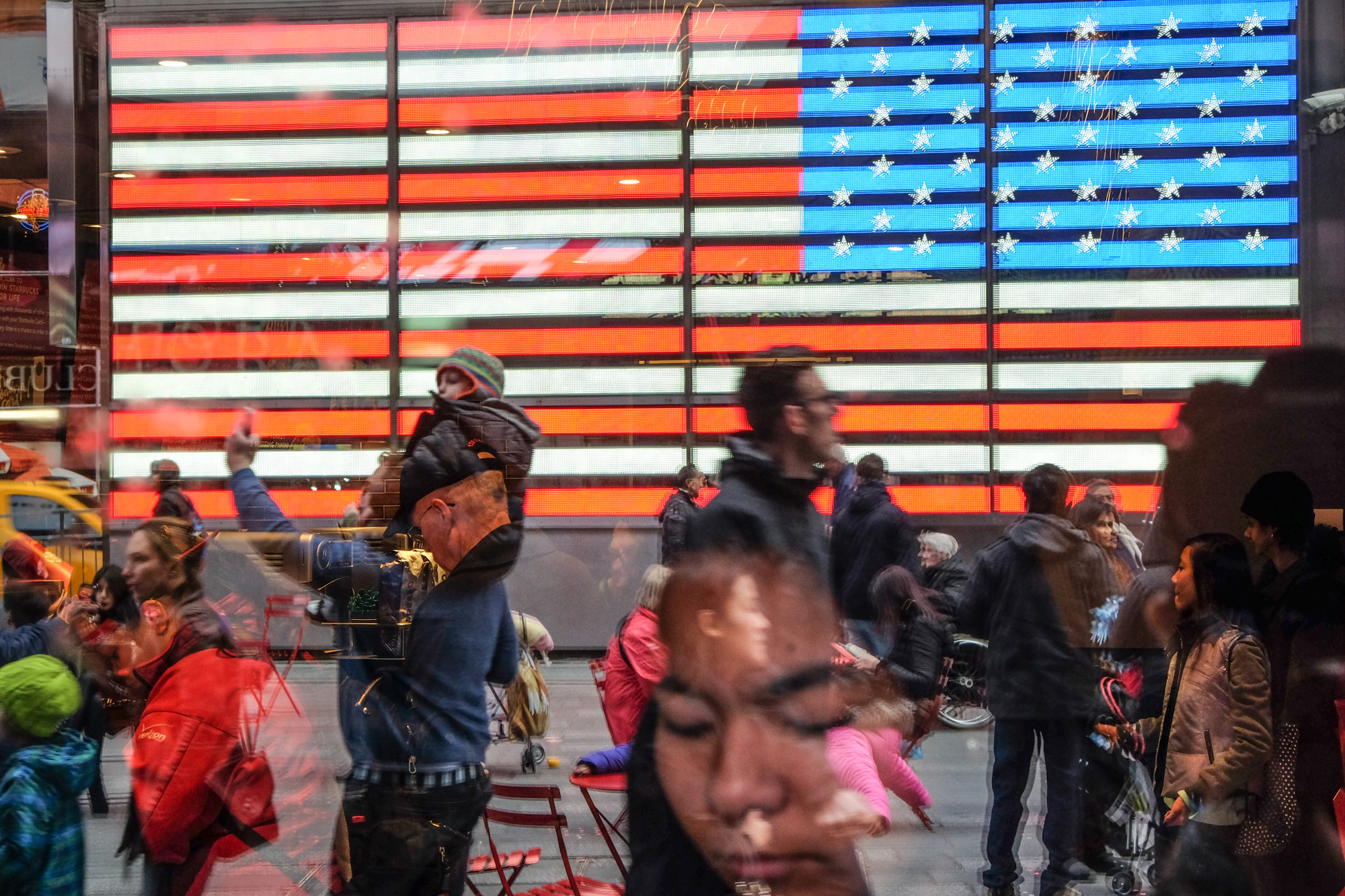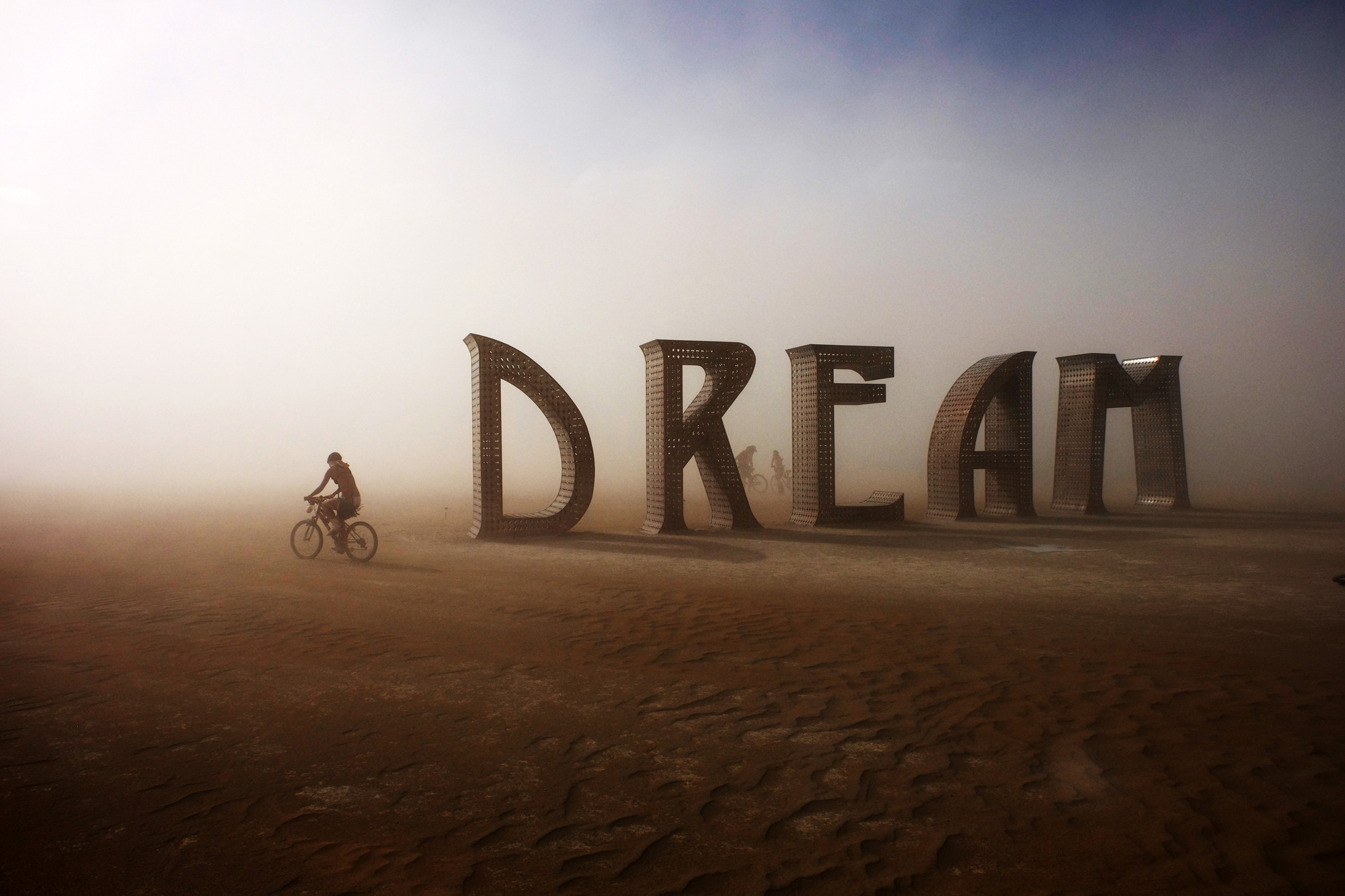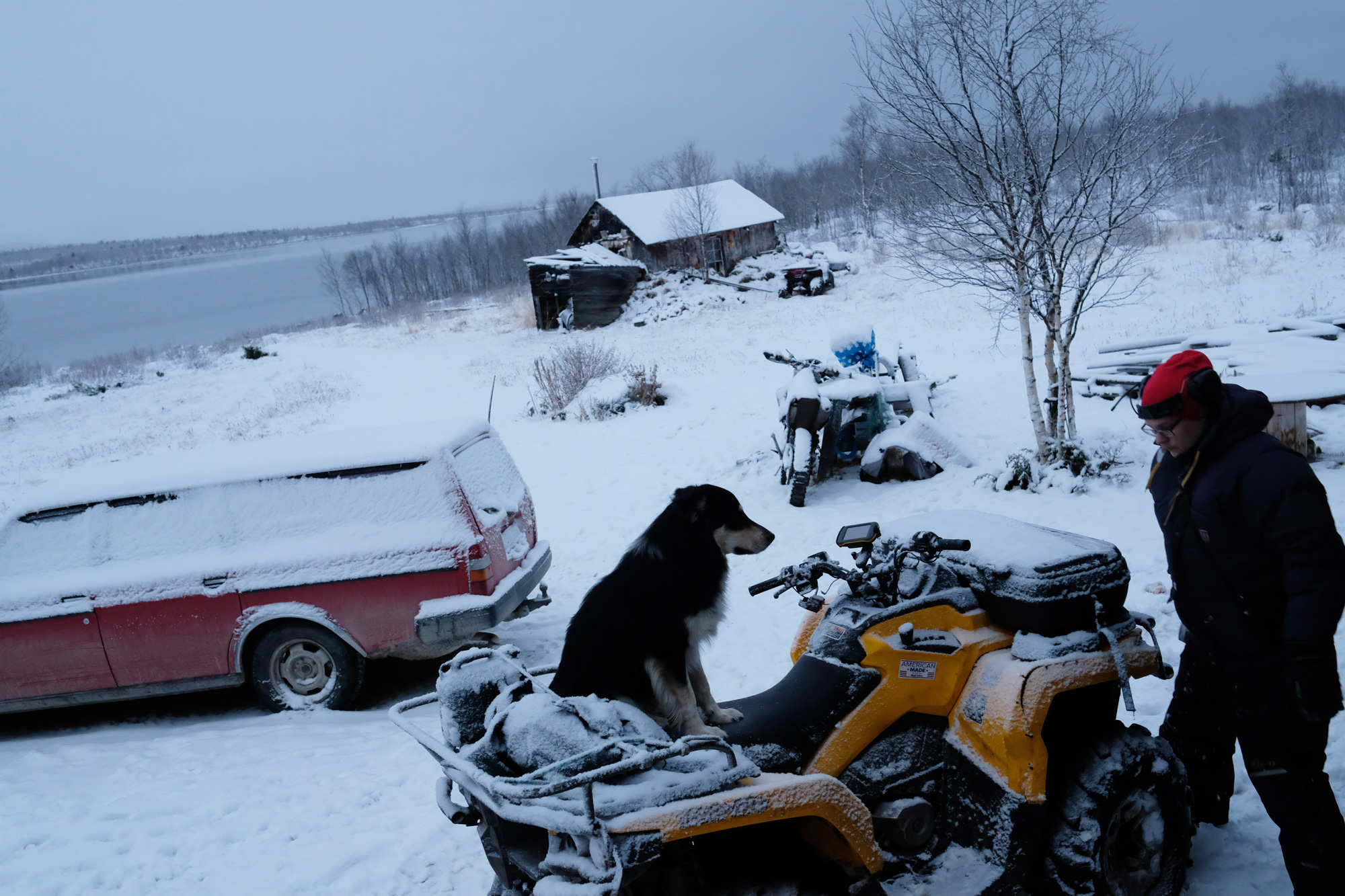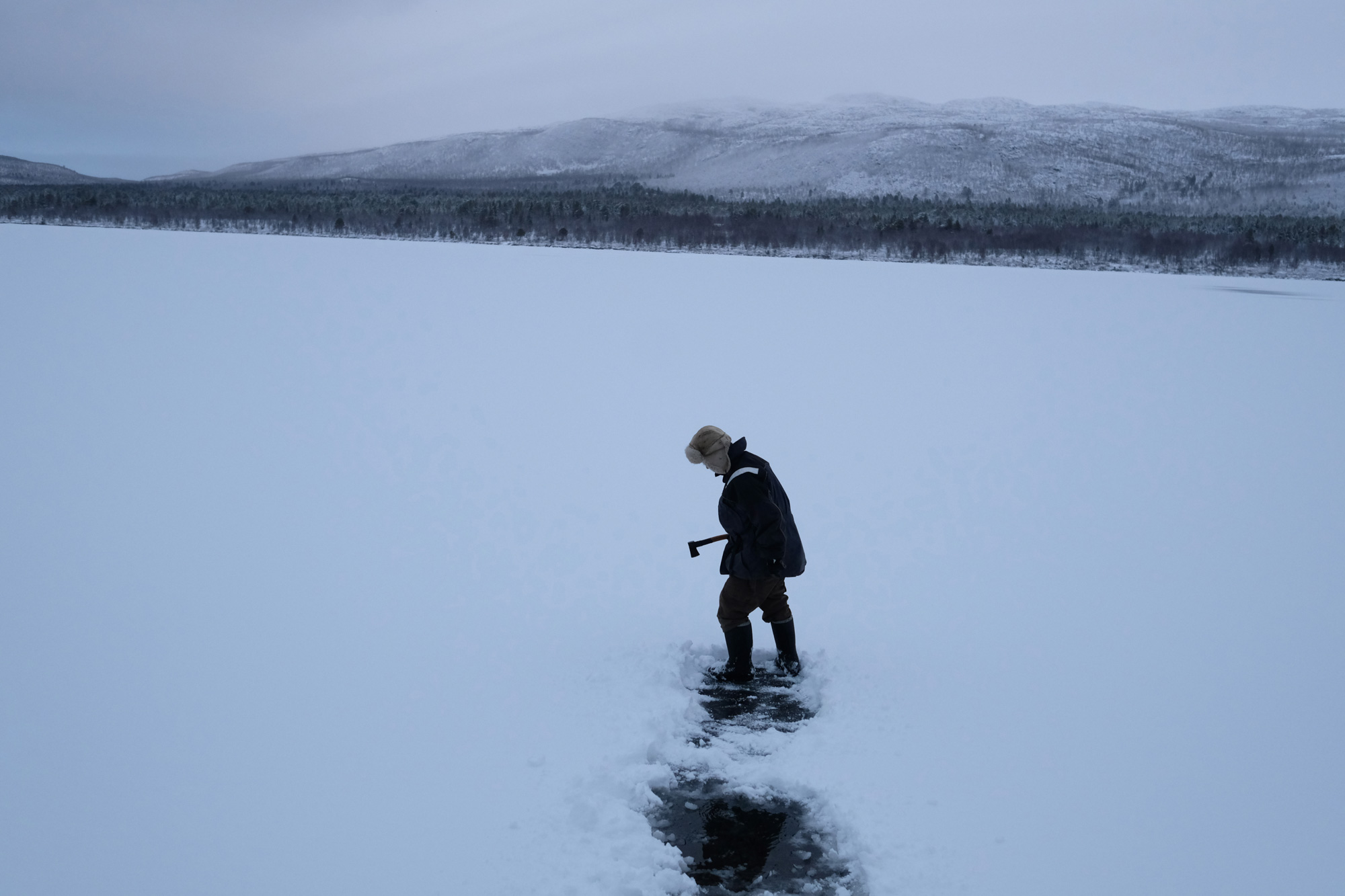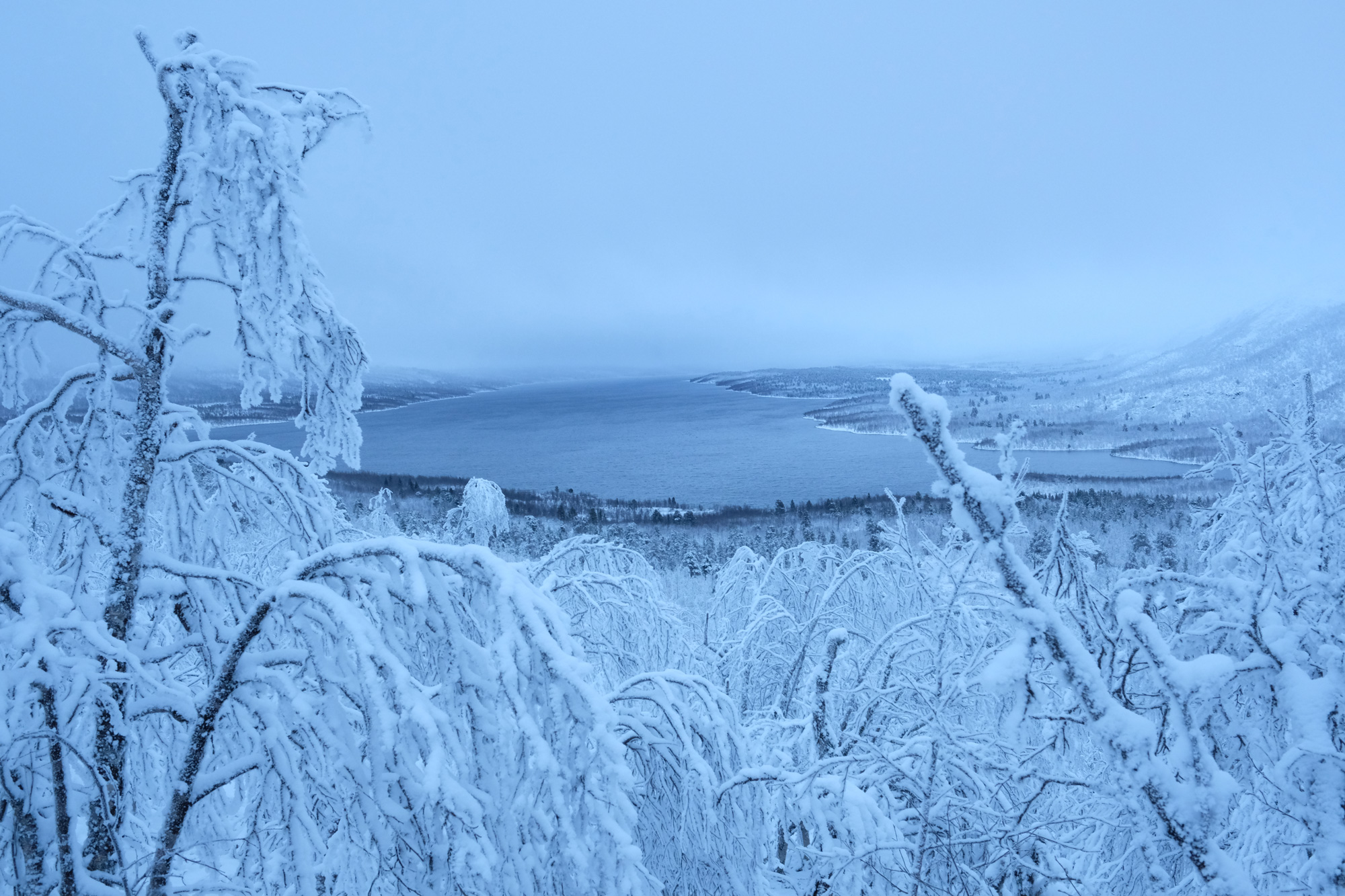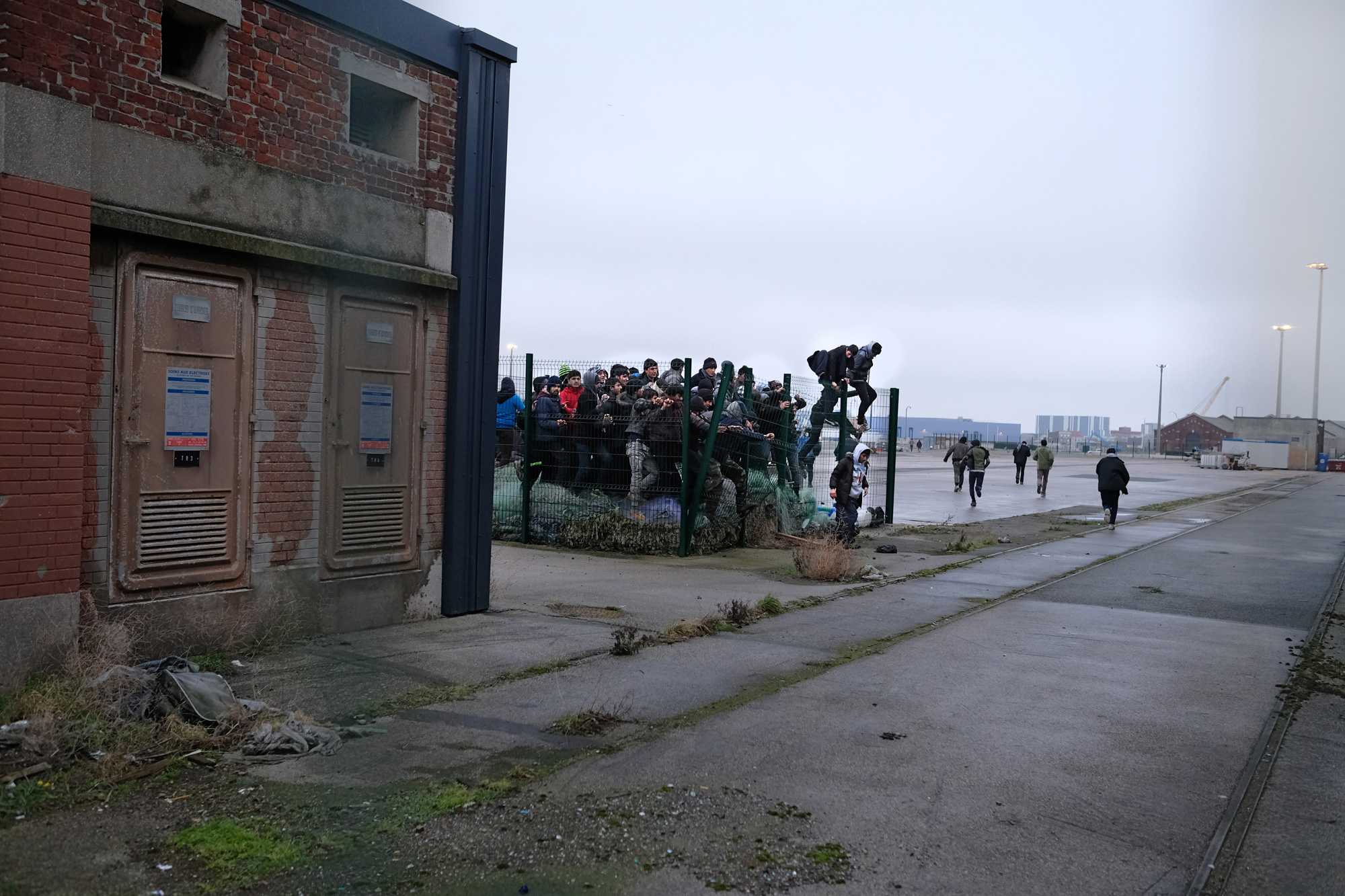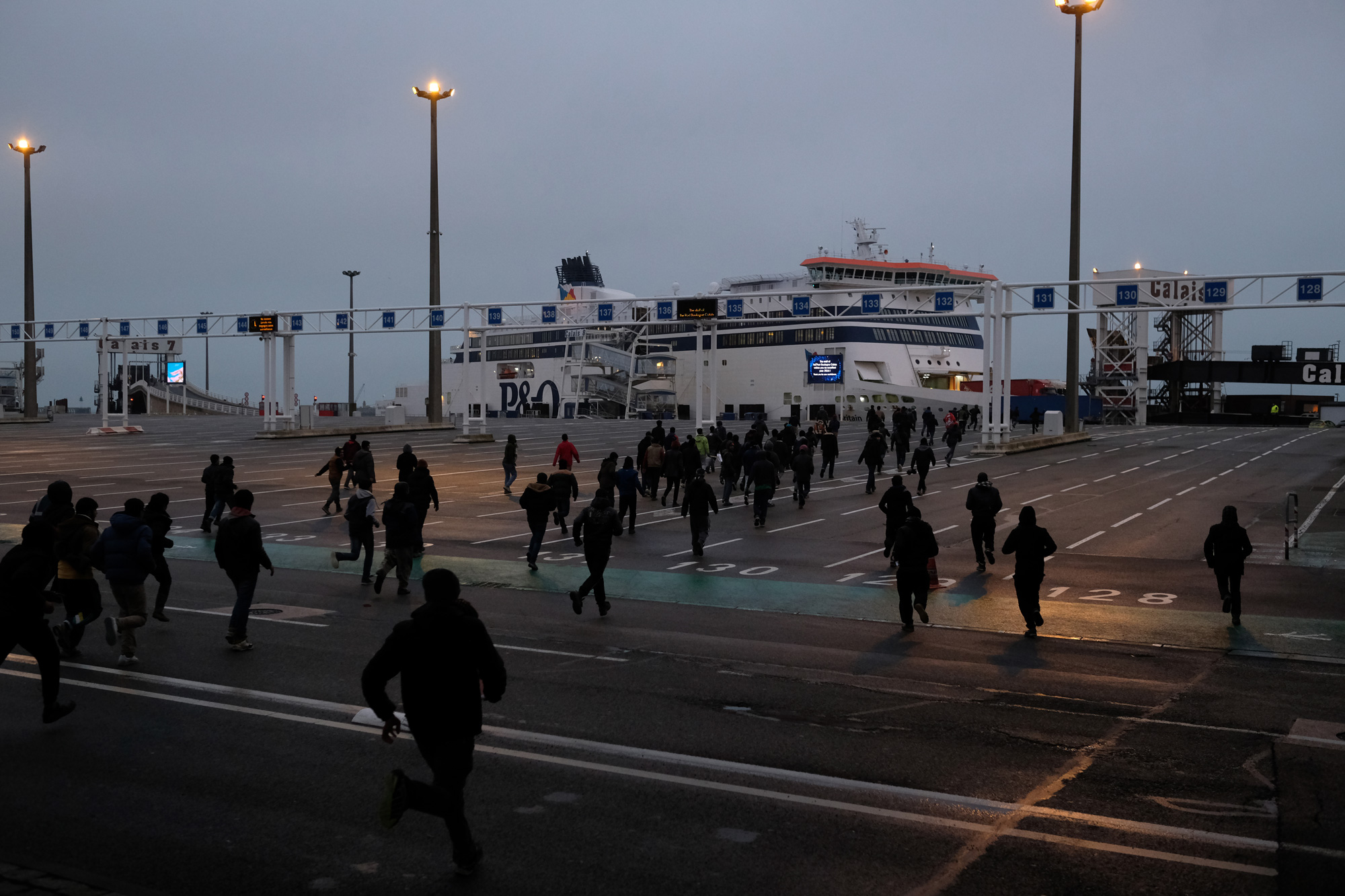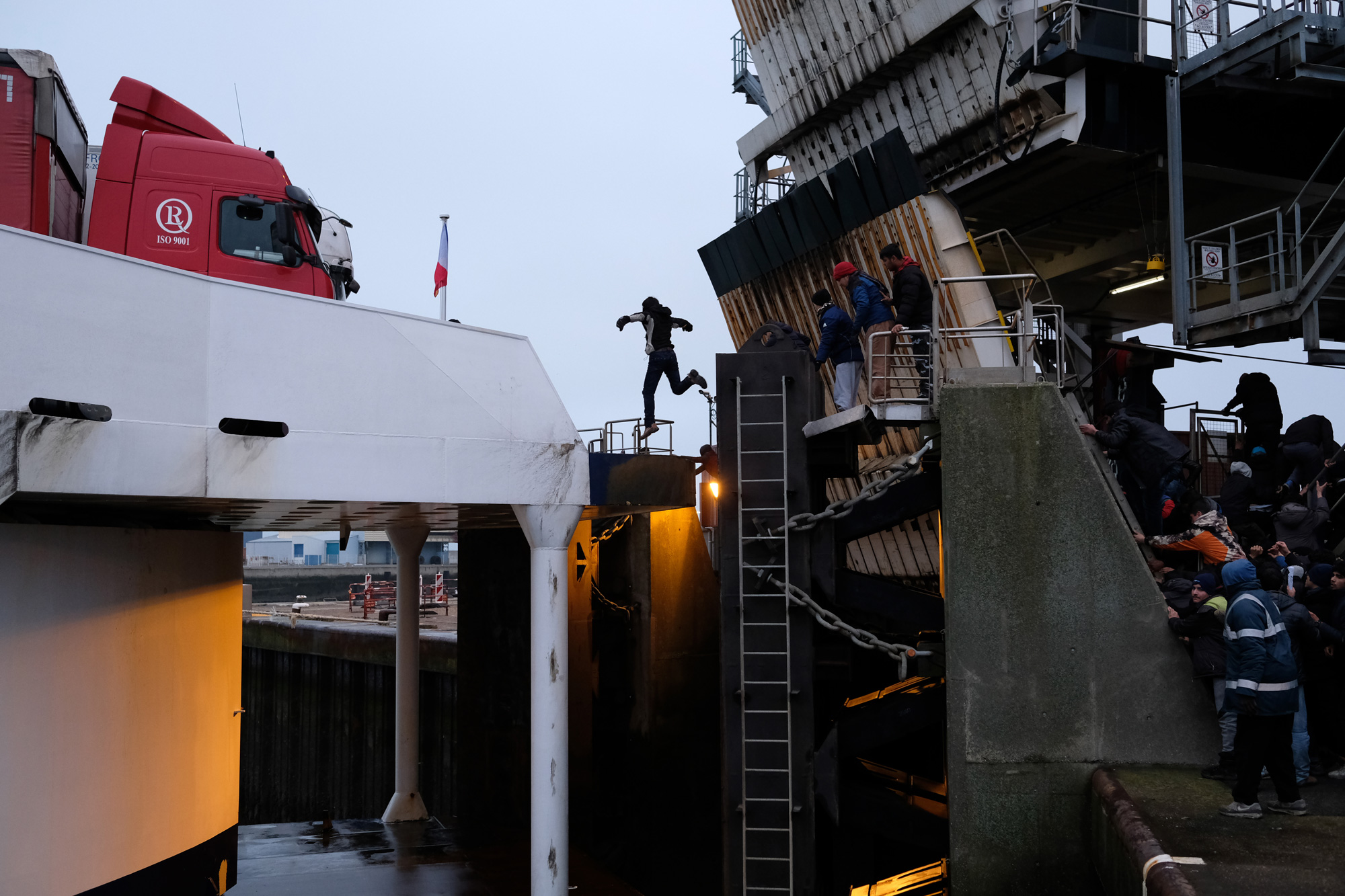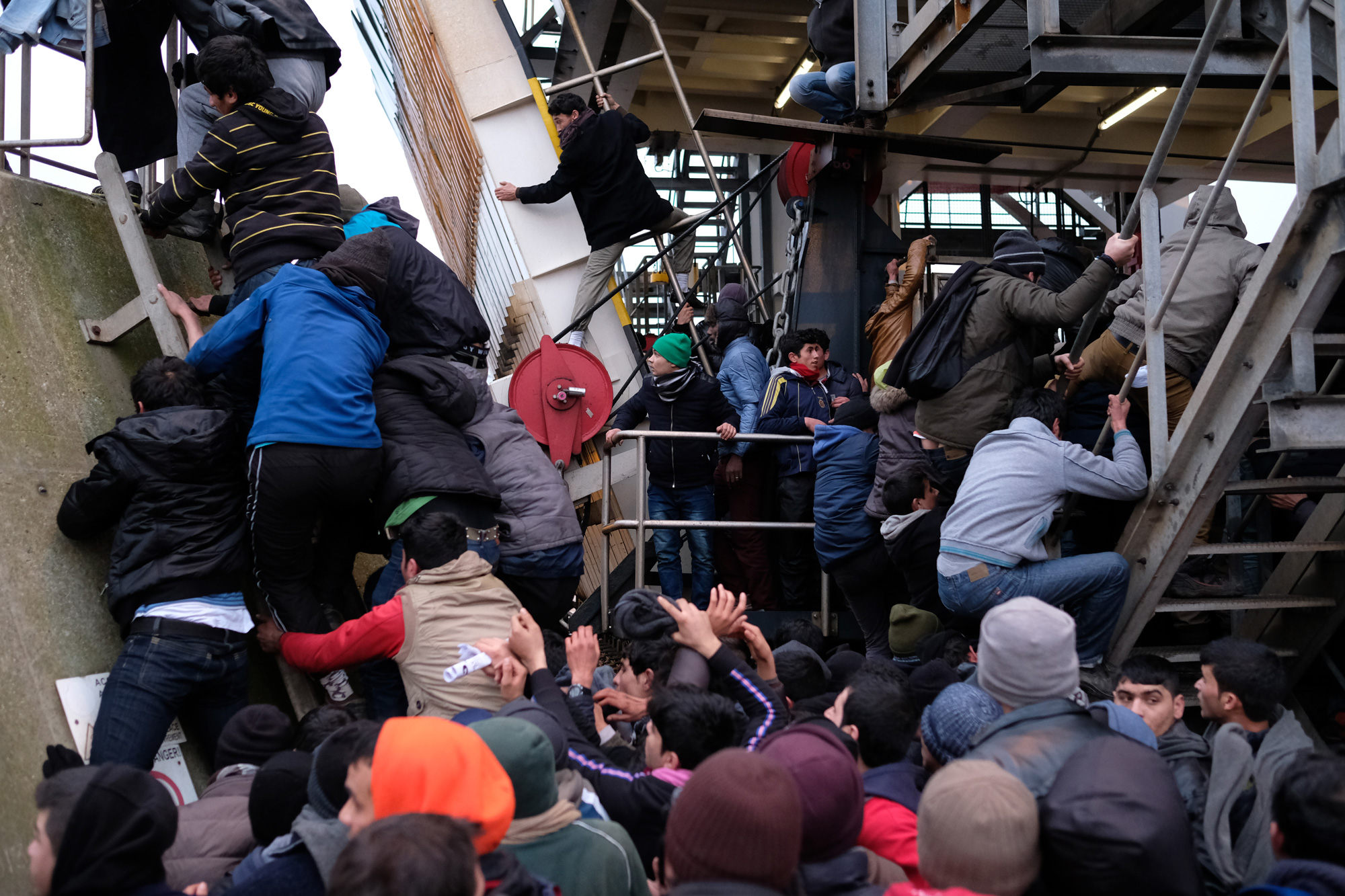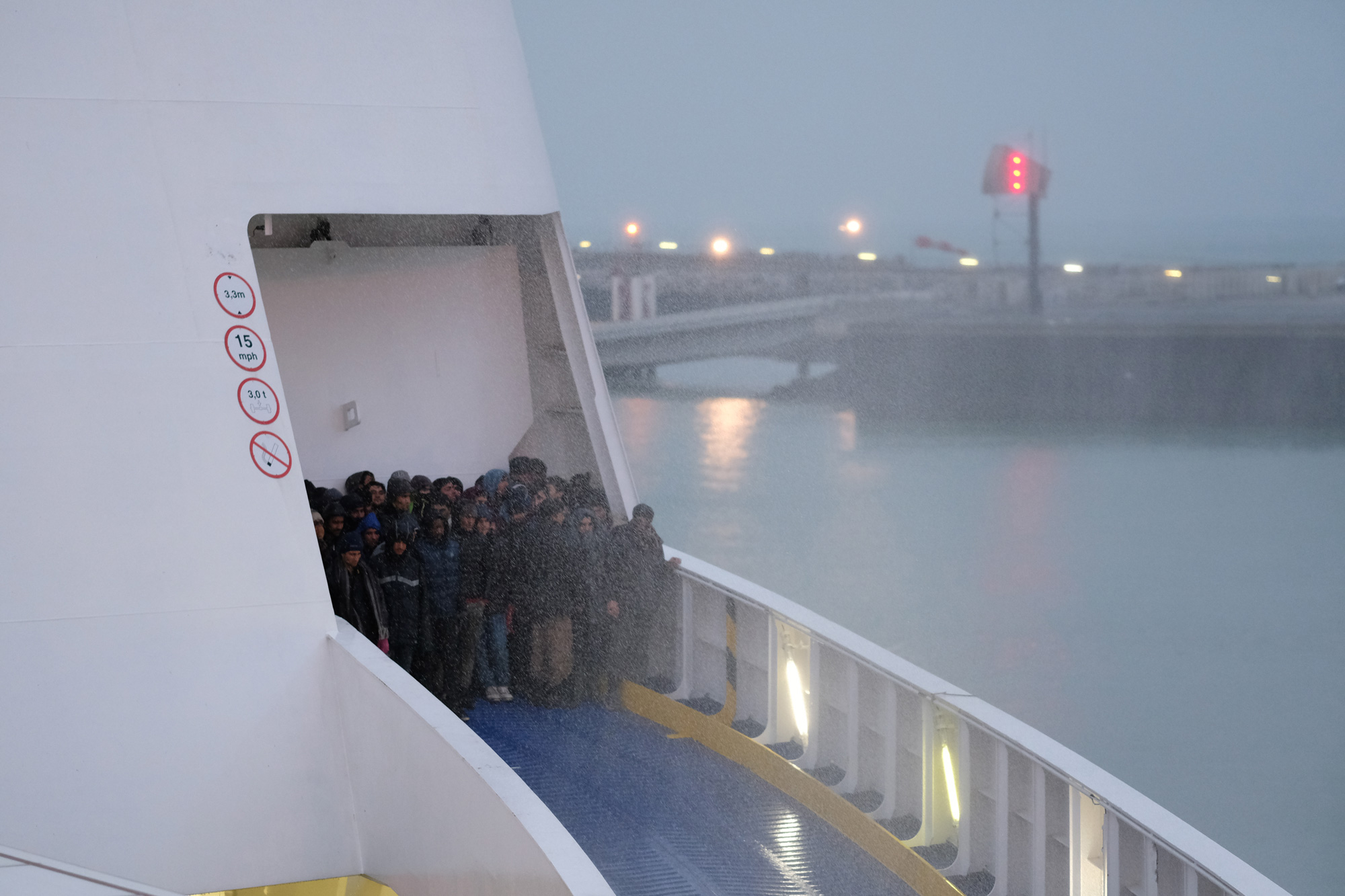
4 years passed by Eric Bouvet
Eric Bouvet
Французский фотограф Эрик Буве родился в 1961 году. Он начал свою карьеру в 1981 после обучения прикладным графическим технологиям в школе Estienne в Париже.
Его интерес к фотографии стал проявляться в 8 лет, когда он увидел по телевизору первые шаги человека на Луне. Сила прямого вещания, сила изображения этого исторического момента скорее всего стала основным фактором, который сподвигнул его осветить эволюцию мира в более чем 120 странах за последние тридцать лет.
В восьмидесятых Эрик Буве работал фотографом агентства Гамма. С 1990 года он работает внештатным фотографом.
В 1985 – получает международное признание за фотографии извержения вулкана Армеро в Колумбии. Позже он освещает основные конфликты недавнего прошлого, произошедшие в Афганистане, Ираке, Иране, Ливане, Чечне, Судане, Сомали, Югославии, Израиле, Северной Ирландии, Курдистане, Анголе, Суринаме, Руанде и Ливии.
Он также освещает главные международные события, такие как похороны аятоллы Хомейни, китайские протесты на площади Тяньаньмэнь, падение Берлинской стены, бархатную революцию в Чехии, освобождение Нельсона Манделы из тюрьмы и Олимпийские игры.
Он также работает над социальными темами, такими как русские тюрьмы, служба молодых солдат на авианосцах, работа французской полиции в пригородах, последние шахтеры Франции, жизнь больных раком детей в педиатрических отделениях.
В последние три года он работает над двумя долгосрочными документальными проектами, которые называются «Любовь» и «Мир».
Его работы печатались в таких крупных международных журналах как Time, Life, Newsweek, Paris-Match, Stern, the Sunday Times Magazine, NYT Magazine, Der Spiegel, Le Monde.
Он принимал участие в фотопроектах для Организации Объединенных Наций, многих неправительственных и благотворительных организаций, таких как «Врачи без границ», Международный Комитет Красного Креста, «Врачи Мира» и «Борьба с Голодом».
Эрик Буве пять раз был победителем конкурса, проводимого организацией World Press Awards, выиграл фестиваль фотографий в Перпиньяне «Visa d’Or », был удостоен премии Bayeux для военных корреспондентов, премии газеты Paris-Match и золотой медали к 150-летию фотографирования.
August 2011: Libya
I started using the X series in August 2011. The attack and capture of Gaddafi’s barracks in Tripoli, Libya drove the fall of the dictator. I was using an X100 and unfortunately, to protect myself during a rocket firing, I threw myself among the stones broke the LCD. It would have been the same with any another camera, but the need for me to switch from DSLR to Mirrorless was obvious from this day. The files were already substantial at the time despite the sensor size. I did not wait long then I became the first Fujifilm French Ambassador in January 2012. A year after I won a “Visa d’or” award of photojournalism for my work in the Photo festival of Perpignan and several pages published in the Figaro Magazine.
August 2012: Burning Man
In August 2012, I went to the Burning Man a famous Festival of almost 70000 people in the Nevada desert with just two lenses: the XF18mmF2 and the 35mmF1.4. I felt completely free for a week of celebration, full of smiles, shares and wonders. That was a real test against the weather, because the dust and sandstorm were ubiquitous throughout the stay. In the beginning, I protected the equipment with plastic bags, but the abrasion was so strong that the bags became completely opaque. So I had to leave them in the open air which was similar to sandpaper. Both the camera and lenses resisted perfectly. It was, in 35 years of shooting, my biggest success with 14 pages published in Paris Match and dozens of exhibitions around the world. Not too bad for my first big shoot with the X-Pro1.
February 2013: Kumbh Mela in India.
This is the largest global gathering that takes place every 144 years. With such a crowded event, it’s necessary to take images without being weighed down by heavy equipment. I walked over 20km a day from 3 am here the night is cold, so you have wear warm clothes and then I spent the days in a heavy crowd of several million people who sometimes drove me far away from my way. In such situation the equipment is again very important to allow the photographer to stay as physically strong as possible. And when the physical is fine, the spirit follows.
February 2014: Maidan, Kiev
February 2014, Maidan, Kiev shooting for the magazine “Paris Match” equipped with the new X-T1, XF23mmF1.4 and XF56mmF1.2. At this period, Ukraine was in crisis, the very situation for a reportage working for a weekly magazine like Paris Match. There will be more than 70 dead during these bloody days of February 2014 that will enter in history and had forced the president to leave power. In such situation, with the danger and casualties on all sides, it is better to be “invisible” if you want to stay alive. The more you draw attention, the more you have the chance to be a target. I had to therefore melt myself among the protagonists and again the X Series equipment was a real advantage. A few months later, I won the “Frontline Club” prize in London with these images.
December 2014: New York
December 2014 New York. The city where everybody likes to walk and where it is a pleasure to lose your way. I needed to be here for an order for an institutional book with my large size 20X25 camera. 20km of walking each day was too tiring but I had to produce analogue images in large format. I also carried my X-T1 with a XF18-55mm zoom lens and I made very good pictures with them. My conclusion: It is never necessary to prohibit anything; the desire and pleasure to photograph can satisfy the artistic eye, even when it is not expected.
September 2015: Burning Man
September 2015 back to the Burning Man with a X-T1 camera and XF16-55mmF2.8 and XF55-200mmF3.5-4.8 lenses. Like in 2012, the equipment was not protected and, despite 3 days of sandstorm, stayed functional. I took two zooms to test them and to force myself to shoot differently since I am usually a follower of the fixed focal length. Of course those are great optics. And what’s more, the XF16-55mm’s Weather Resistance gave me more confidence against that quite hellish weather.
October 2015: Lapland
October 2015 Lapland with the X-Pro2 and XF23mmF1.4 R. This was an appointment with the deep cold. Lost in a wild and harsh nature, the X-Pro2 spent days outside, the temperatures oscillating between -15°C and +5°C. The X series cameras are smaller and compact, so they can fit in large pockets. This is very efficient when you have to move by Snowmobiles or quad.
It is a real pleasure to capture images in difficult conditions!
January 2016: Calais, France
January 2016. The migrant camps in Calais, France with the X-Pro2 camera and the XF16mmF1.4 and XF90mmF2 lenses. I have known these types of places in various countries from 35 years traveling around the world. I traveled on dirt roads with my X-Pro2 and fixed lenses. I had always in my mind the respect, modesty and attention. The demonstration ended with a chase that lasted more than 20 minutes. I was happy to hold light equipment. Obviously the port of Calais was ultra secure but nothing can block determined people. The scene was amazing, this human cluster that clung to the boat. It was almost the night. I raised my arm and took pictures using the rear screen. Some pictures with continuous shooting in order to increase my chance of getting the perfect shot. 5 pages in Paris Match reward this work.
















































